10 Top Tips for Project Managing Your Self Build or Renovation
For some self builders, the roller coaster of emotions they go through during a project can make them feel alive and they just can’t wait to plan their next. Others might swear that they’ll never take on this kind of scheme again – but I think it’s fair to say that nobody embarks on a self build or serious renovation lightly.
Those who do will invariably find a way to make it over the finish line, no matter how smooth or rough the road to their goal, and end up with a home to be proud of. So what can you do to make the process as hassle-free as possible? Here are my top 10 coping strategies.
1. Plan ahead
Time spent researching what you want, what it will cost and how you can get it is seldom wasted. I’d recommend you take as much time planning what you’re going to do as you do actually building the house. There’s so much choice in terms of house design options, structural systems and finishing materials that making decisions can seem overwhelming.
But by adopting a patient approach, researching what’s out there, speaking to experts and visiting shows such as Build It Live, you can ensure you’re making the right choices and getting good value for money.
EXPERT VIEWThe value of creating a dream team to build your timber homeDavid Himmons from WB Timber Innovations explains how partnering with a timber system provider can simplify the delivery of your self build project: Self builders who want to experience creating their dream home without having to get their hands dirty typically have two options. The first is to pass the whole project over to a builder and sit back while construction takes place. That’s fine if you’re building to sell on, but it takes the control out of your hands. The second and, in my experience, best route is to combine a timber-based shell build from an STA Assure-accredited provider with a dedicated project manager. This team can guide you through the key regulatory and project decisions necessary for a successful build, while enabling you to be fully involved. Creating a dream team to build your dream home gives you the safety net of seasoned professional advice at every stage, including:
David Himmons has been focused on developing engineered timber solutions for the construction industry. 10 years ago, he established Timber Innovations, a specialist timber frame and SIPs provider focusing on self build and increasingly the low energy sector. Timber Innovations is an STA Assure Gold member. |
2. Set a budget (and be realistic about the costs)
Mercifully, very few projects fail. But if it’s going to happen, it’s probably because the money has run out. If this occurs, things tend to get tricky both practically and emotionally.
I am still yet to meet the self-builders who have found themselves coming in significantly under budget, and most will admit that their finished home cost a little more than they originally thought it would. But provided you use a little common sense, you won’t end up with a Grand Designs-style overspend.
The key to achieving this is to work out how much you can raise in total for the project and use this figure as the basis for your design choices, rather than trying to make an inadequate budget fit an overambitious scheme. This total sum should include a contingency of at least 10% of your build costs to cover unforeseen events – trust me, you’ll use it.
Learn more: Setting Yourself a Budget
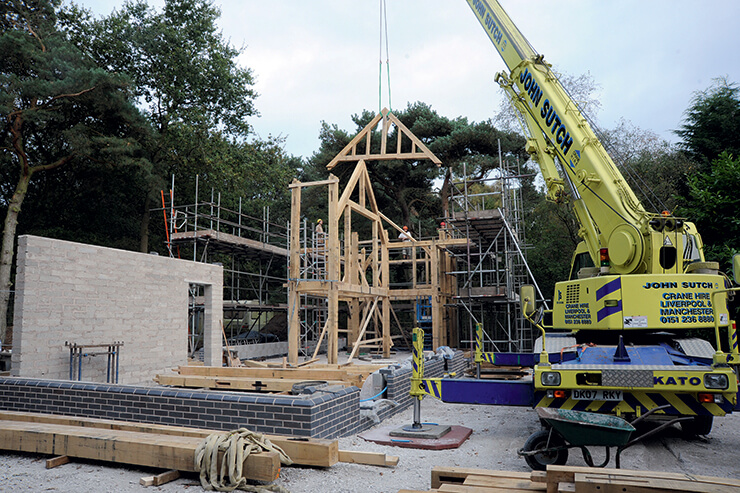
Lead image and above: Winners of the 2016 Build It Award for best self-build project, Darren Findlow and Anthony Higham ensured their site was an enjoyable place to be and made the effort to be there virtually every day “even if it was just to pop in to answer questions or deliver some well-deserved cakes to keep the workforce happy,” says Darren |
3. Get references & check them
One of the biggest stress inducers is hiring the wrong builder or tradesperson – or even worse, an incompetent one. Knowing the difference between a cheap quote and good value for money will get you halfway to making the right choice.
How to get accurate quotesBuild It’s Editor, Chris Bates, gives his top tips on how to make sure you’re comparing like-for-like with builder’s quotes: There’s a lot of confusion about the terminology used for pricing a job. An estimate is just that: an educated but quickly reckoned and non-binding guess of what a job might cost. A fixed-price quote, meanwhile, is an agreed price based on work shown on drawings and specifications. So provided nothing changes, that’s the final sum you’ll pay. Any variations you make to the specification later on will attract an ‘extra over’ cost, and you can agree processes for this in your final contract with the builder. The more information you provide, the more accurate your quote will be. If the full extent of the work wasn’t made clear in the original tender process (when you invite quotes), there’s a strong chance unexpected extras will be added in during the works. This will render the original figure, and therefore your budget, meaningless. If you send out the same information to several builders and ask for a price, you’ll soon find that you get different answers from each. So always thoroughly check what’s included against the specification you provided: cheapest isn’t always best! One great way of getting a detailed reference point is to use the Build It Estimating Service. |
Look for people who’ve built up a strong, positive reputation and, crucially, make sure they can prove it by asking for references and following them up. If they’ve done a good job for others, they can and will do the same for you.
Learn more: How Much Should I Pay my Builder?
4. Follow the rules
Like or loathe them, we have laws controlling planning and development for good reason. You can’t build a new home without full planning permission – and any consent is likely to come with conditions attached that must be complied with, so don’t try to bend the rules.
Just to complicate matters, there are some situations where obtaining formal planning consent or building control approval is not actually required. This can often be the case when renovating (or sometimes extending) an existing property. Note that there will still be permitted development rules to follow in these circumstances, and every project has to meet the minimum standards laid out in the Building Regulations – even if approval isn’t needed.
While you might think you can get away with it, works that don’t have planning and building control approval tend to surface when the house is put up for sale. This is when purchaser’s solicitors start asking awkward questions that can be expensive to answer. It’s best to get it right and follow the rules from the start.
Learn more: Do I Need Planning Permission?
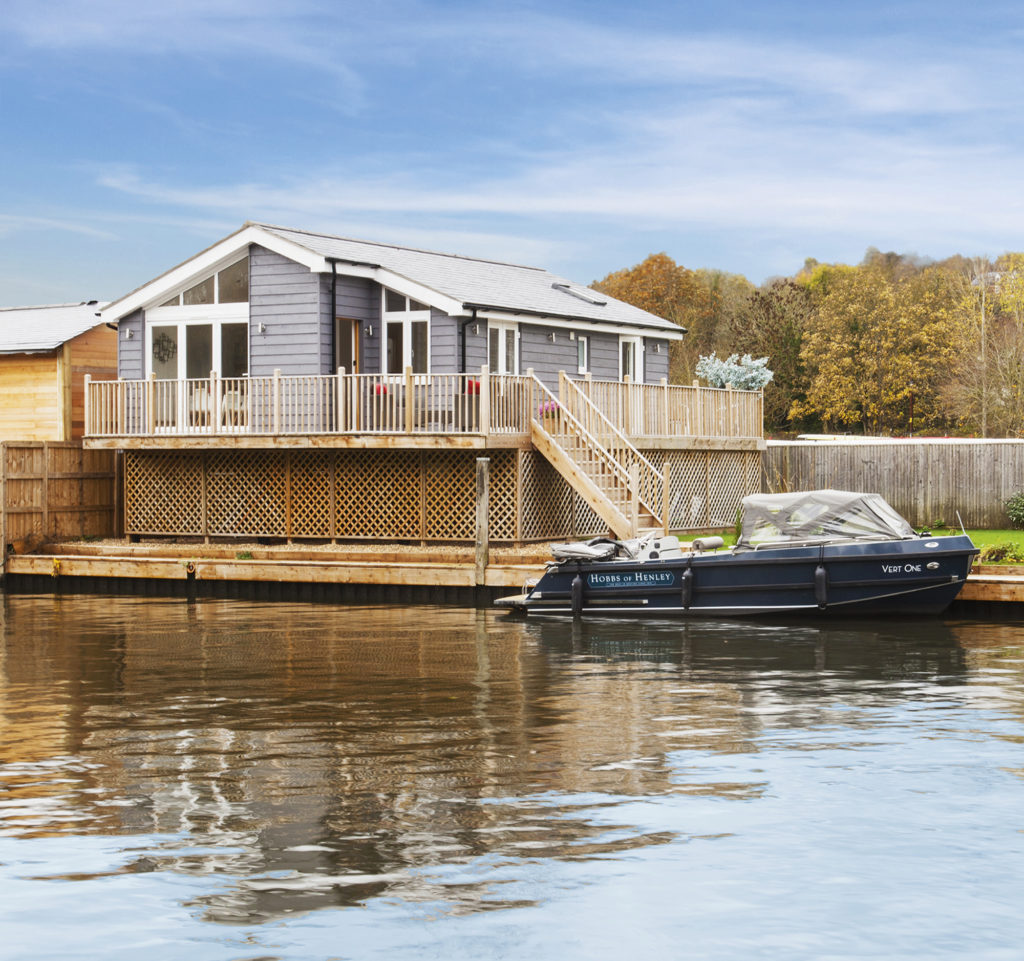
Some projects bring greater challenges than others – and this was certainly the case for the Myers’ island build, which was only accessible by boat. But the difficulties of getting materials and plant on site were outweighed by the thrill of creating a tranquil, individual riverside home |
5. Protect your investment
The chances are you’re going to be putting most, if not all, of your wealth into a self build project, so it makes sense to cover your liability should things not go right.
Unfortunately, domestic buildings and contents insurances don’t apply to self-builds (they don’t usually extend to major renovation works, either). So purchasing a self build insurance policy that covers contractors’ all-risk is just common sense, as it will offer some welcome reassurance against the worst happening.
Taking out a structural warranty to cover the first 10 years of a new build house’s life is also sensible. In fact, a structural warranty will be essential if you need a mortgage to fund your scheme.
Even if you are a cash buyer and think this is unnecessary, a structural warranty will be a prerequisite if you sell the house on to someone who needs to raise a mortgage themselves. So it’s worth having anyway.
6. Keep your neighbours onside
While you are (potentially) having the time of your life building your dream home, your neighbours may well be suffering the stresses that come from noise, parking and general disruption associated with your project.
Failing to appreciate the concerns of those around you can sometimes lead to years of festering resentment and the last thing you want is to fall out with those living around you.
So before you start work on site, be sure to tell neighbours what is happening, how long it’s likely to take and who to contact if there is a problem. Be quick with an apology and a bunch of flowers or a bottle of wine if you have given any cause for grievance and any minor disputes will soon be forgotten.
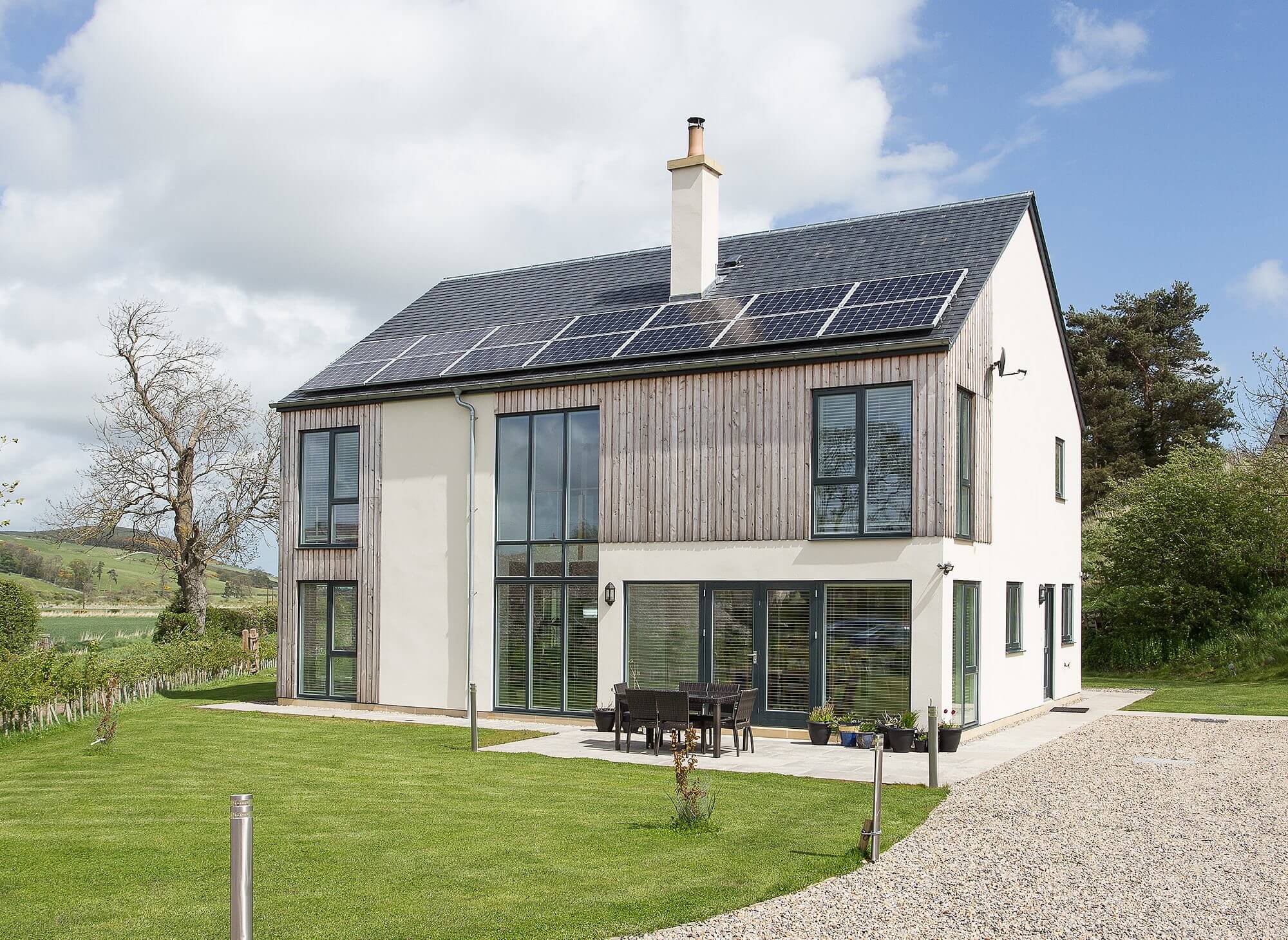
Checking references is vital when appointing partners for your build. Andrew and Elaine Torrance went the extra mile when appointing their architect, Keith Renton, talking to a number of his previous customers and even staying in one client’s home |
7. Don’t sweat the small stuff
Running yourself ragged trying to save a few pennies on material purchases just adds to the natural stresses and strains of self building – and it takes up an extraordinary amount of time for relatively limited gain.
I would always recommend that you reserve your negotiating skills for the big-ticket items like bricks, tiles, windows and doors, where getting a decent discount can be worth hundreds or in some cases thousands of pounds. One good deal on a big item can easily negate all of the little savings on bags of screws and tins of paint.
8. Make your site a nice place to work
You’re not trying to make friends for life with builders and trades when you set out on a project, but just like any other working environment, if your site is a nice place to be then people will want to be there. Provide a suitable area for breaks, a liberal supply of tea, coffee and biscuits, and settle the invoices on time.
Clear direction, timely decision-making and a smile and a thank you for work well done will more than repay themselves – and you might find your trades willing to go the extra mile when the situation calls for it. Building sites can be great fun to be on if the atmosphere is cordial and a sense of humour is allowed to thrive. Creating your own home should be enjoyable, after all.

Good brickies are in demand at the moment, so don’t expect a cheap quote – and be sure to book the job in well in advance
9. Accept that stuff happens
Every project will be different and every job throws up its own challenges. Just when you think you’ve dealt with one issue, along comes the next and this can be a real test of patience, especially if you have taken on the role of project manager.
If several problems arise simultaneously it can seem overwhelming but rest assured that this is normal and your project will get to completion, even when that goal might seem a long way away. If you have fostered a good relationship with your trades, this is where they can help by offering advice or solutions.
10. Call in the professionals
If any or all of the above makes you think ‘this isn’t for me’ then you should consider calling in a professional project manager (who could possibly be your architect or a general builder) to take on the role, if your budget allows for it.
Of course, it will cost you more – probably 10%-15% of your build costs because there is a lot of work involved. But if you are at all unsure of your ability in terms of organisational skills, temperament or time you might well find the increased investment worthwhile.
Need more advice about project management?Build It’s Self Build Virtual Training will give you the detailed know-how to successfully realise your dream home. Our interactive courses are presented by Build It’s expert contributors and designed to give you the key nuggets of knowledge you need – all from the comfort of your own home. Our courses take place online and allow for audience participation and experience sharing. Use the code TWENTY for 20% off. |
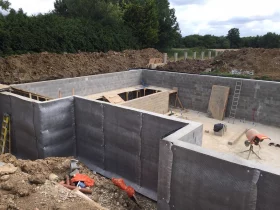

































































































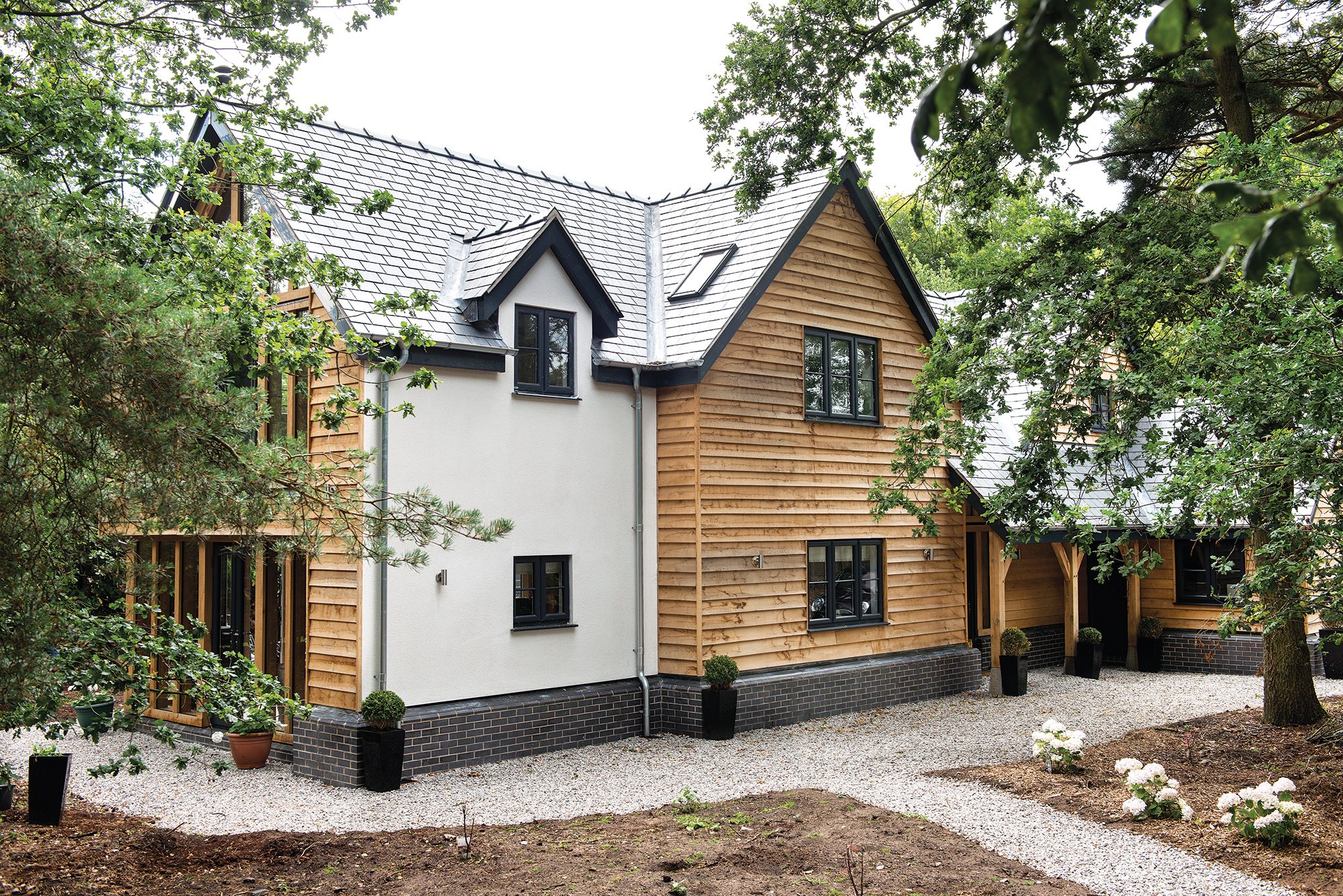
 Login/register to save Article for later
Login/register to save Article for later




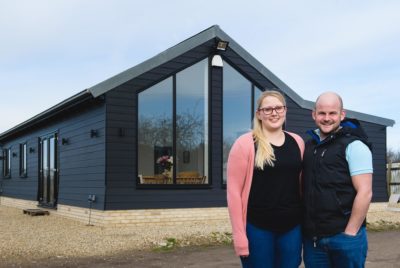


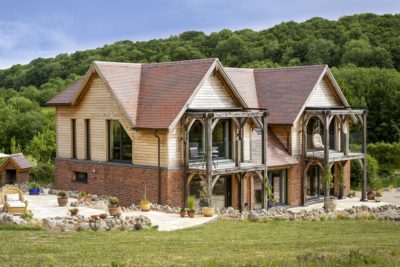





Comments are closed.